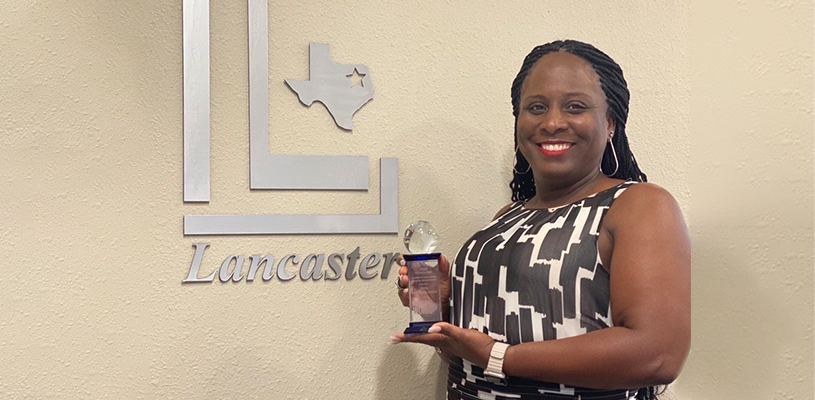Eight strategies for building a culture of health and safety

No one knows an organization to the extent of the human resources department, and the role of HR is continually shifting and expanding. While HR leaders may not necessarily know the ins and outs of health and safety from a technical perspective, they are expected to respond accordingly to health and safety needs as they arise. Recognizing the importance of this changing role is critical in promoting and sustaining an effective IRS (internal responsibility system).
Since health and safety has long been viewed as the role of everyone in an organization, HR can play a key role in bringing alignment and facilitating conversation. Integrating health and safety, along with the roles of where responsibilities lie, means that accountability can lie throughout the organization. From initial recruitment efforts through to annual planning, health and safety can become an integral part of an organization’s culture – and can result in real meaning and value for employees.
The following integration strategies can help ensure that the organization is not only focused, but also aligned.
1. Integrate Health and Safety into Strategy
Integrating health and safety not only includes the HR strategy, but also strategy across the organization. Goals can then cascade down to departmental plans and individual performance objectives. For example, implementing the psychological health and safety standard could be a goal that is cascaded down to individual objectives (for example, as a commitment to participate in and/or promote psychological health and safety).
2. Recruit for Competency in Health and Safety
Competency in health and safety can be a consideration in hiring staff and management. Develop questions during the interview that focus on awareness and knowledge.
3. Become an Active Member of the Health and Safety Committee
Not only is it important for HR to be an active member of the joint health and safety committee (JHSC), they should also recognize the importance of becoming a certified member.
4. Measure Success
To improve workplace health and safety standards, HR and the health and safety manager should compile and track data – from training compliance to lost time incidents – to help identify priorities on an annual basis. Treat it like a yearly business plan. The focus on health and safety will contribute to productivity and influence positive morale.
5. Align Communication
Align with the health and safety manager on what communication is essential to keeping workers up to date so that HR can effectively interact with each department using company-wide notices. Being transparent and encouraging accessibility is key to ensuring workers have open communication on all health and safety issues.
6. Manage Change Together
Change in the workplace can often affect employees. As a result, it is important to take steps to evaluate your organization’s health and safety culture on a quarterly or annual basis. Be transparent and share outcomes with workers to demonstrate solutions and action. Find new ways to keep employees engaged.
7. Develop Leadership
Work together from a place of “reduced” enforcement to incentivize engagement and collaboration when it comes to safety. Encourage and inspire employees to develop their own leadership skill set when it comes to health and safety.
8. Mentor One Another
For larger organizations, HR and health and safety are separate departments and, while they might report into the same leader, the roles have a different set of skills and competencies. The opportunity to work together and develop one another not only provides a growth opportunity, it will ensure that priorities are aligned and common goals are articulated.
Effective Health and Safety Management System
Following this roadmap to success will lead to establishing an effective health and safety management system. Through a participatory approach, workplace stakeholders become actively involved in the recognition, assessment, and control of workplace issues. Having both the HR and health and safety staff working together will create a sense of community and shift organizational health and safety culture. MW
✯ Municipal World Insider and Executive Members: You might also be interested in the full version of this article or in Dawn McCoy’s article: Canadian municipalities switch gears in crisis. Note that you can now access the complete collection of past articles (and more) from your membership dashboard.
Kim Takata, CHRL, is Director, Human Resources for Geneva Centre for Autism. Kim has been in the HR field for more than 20 years in both public and private sectors, supporting all levels of the organization. She holds a commerce degree and MA, Leadership from the University of Guelph.
Related resource materials:



